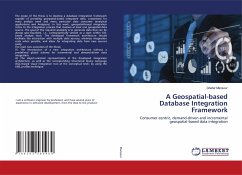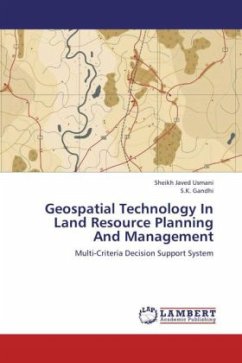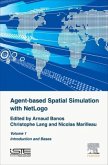The scope of the thesis is to develop a database integration framework capable of providing geospatial-based integrated data, customized for every analysis need and every particular data consumer (analytical applications and Analyzers). In this work, geospatial-based integration refers to the integration process that involves at least one geospatial data source. The goal of the required spatiality is to generate data that can be always geo-visualized, i.e., cartographically viewed as a layer within GIS-based analysis tools. The developed framework architecture should facilitate the interaction with multiple data sources, minimize integration costs when possible, and allow for integrating data from new sources easily. The main two outcomes of the thesis: (1) The introduction of a new integration architecture without a predefined global schema for incremental and demand-driven data integration. (2) The object-oriented representation of the developed integration architecture, as well as the corresponding Structured Query Language (SQL)-based visual integration tool at the conceptual level, by using the UML profiles technique.
Bitte wählen Sie Ihr Anliegen aus.
Rechnungen
Retourenschein anfordern
Bestellstatus
Storno








